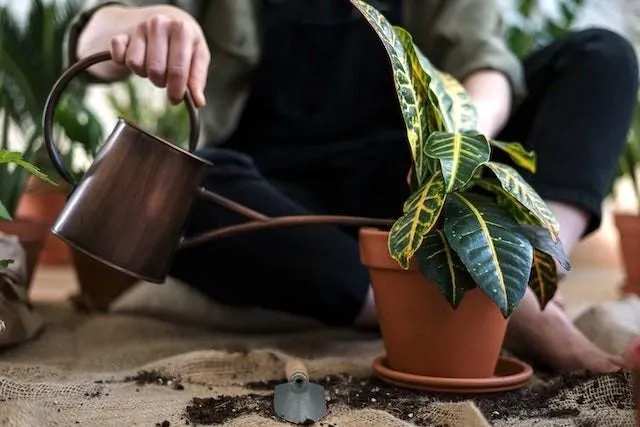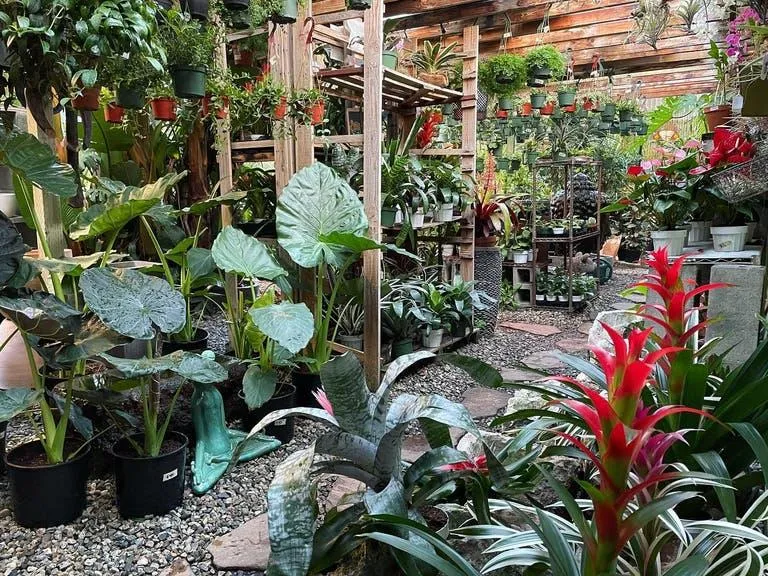Your Ultimate Guide to Rare Houseplants
If you’re searching for something unique to liven up your home, rare houseplants are definitely the way to go. With so many intriguing species to choose from, finding the perfect rare plant to care for can feel overwhelming. But never fear – this guide will cover all the bases to help you pick out an unusual plant buddy and keep it thriving.
Why Rare Plants?
Beyond just looking cool, rare houseplants offer some solid benefits. For one, their unusual appearance starts conversations. I can’t tell you how many times bringing friends over to see my newly acquired silver dragon plant has sparked fun chats about plant care. It’s also kinda fun feeling like you’ve got something special that not everyone has. Like, you’re in a secret club of rare plant parents or something. Plus, caring for trickier species is a fun challenge if you’re itching to level up your plant parenting skills.
Choosing the Right Rare Plant
With so many intriguing options, where to start? Here are some factors to consider:
- Light conditions – Match the plant to the lighting in your home. Tropicals need bright light while others thrive in low light.
- Water needs – Some like to dry out between waterings while others prefer constant moisture.
- Size – Rare plants come in all sizes. Consider space constraints.
- Toxicity – Poisonous varieties aren’t pet/kid friendly.
- Difficulty – Some rare plants are super tricky while others just need average TLC.
Browsing plant listings online or checking rare plant shops near you is a great way to research options that match your criteria. You can also ask planty friends for recommendations based on your home environment. Finding the right fit takes some research but it’s worth it for a rare beauty you’ll love for years.
Care Tips for Your Rare Plant
No matter which rare plant you bring home, follow these general care tips:
- Acclimate it slowly. Rare plants aren’t used to abrupt changes, so introduce it to your home’s light and conditions gradually over a week or two.
- Check the soil. Many rare plants prefer specific potting mixes like orchid bark or coconut coir. Repot if needed using the right well-draining soil.
- Water properly. Excess or insufficient water is a common killer. Stick to the watering schedule for your rare plant’s needs. Check soil moisture rather than watering on a schedule.
- Fertilize sparingly. Most rare plants do fine without extra nutrients. Only fertilize during active growth and follow package instructions carefully.
- Keep it happy. Monitor your plant closely for any issues and make needed adjustments to keep it thriving long-term in your care. A happy rare plant is a long-living rare plant!
Of course, some rare plants need extra TLC. For finicky prayer plant varieties, I’ve found it helps to mist the leaves daily to boost humidity. My silver vase plant practically lives in the bathroom to soak up steamy shower time. Do your research and be prepared to tweak care as needed. The rewards of a perfectly happy rare beauty are totally worth the extra love.

Real-Life Rare Plant Care Stories
I’ve faced my fair share of rare plant parenting struggles over the years. There was the time I brought home a super rare Philodendron Pink Princess only to have it arrive infested with spider mites. No joke, it was basically covered in the suckers. I admit I kind of panicked at first not gonna lie. But I isolated it and went to town blasting those mites with neem oil and adhesive traps. A lot of TLC and a few anxious weeks later, she was mite-free and has since become a thriving, huge plant celebrity in my home!
Another time, my beautiful albino variegated Monstera got hit with a bad case of root rot from overwatering mistakes while I was on vacation. So I had to perform emergency root-triage, cutting away mushy roots and repotting in dry soil with crossed fingers. Thankfully it pulled through, but it was touch and go for a bit. Moral of the story? Even seasoned rare plant parents make mistakes. As long as you learn from errors and keep trying your best, your rare babies will reward your efforts. Part of the journey is overcoming hurdles together.
Other Rare Plant Tips
Here are a few other tips that may help in your rare plant journey:
– Consider grow lights if your home doesn’t get optimal sunlight. Most rare tropicals go nuts for extra light boosts.
– Prune off any dead or diseased plant parts to promote new growth. Use clean cutting tools and treat any wounds with cinnamon.
– Check leaves regularly for pests like thrips, mites or Mealybugs. Catching issues early makes treatment way easier.

– Repot only when plants are pot bound. Over-repotting can shock delicate rare plants.
– Rotate plant positions monthly so all sides get equal light exposure. This promotes balanced growth.
– Consider a humidifier to boost indoor humidity for finicky rare plants that love moisture in the air.
– Join local plant clubs and socials to learn care tricks from experts. You can also sell or trade cuttings with other collectors!
Taking good care of your rare plant buddy is as rewarding as the conversations it sparks. Hopefully this guide has you feeling confident to bring home an unusual new plant friend. With some TLC, you’ll be enjoying it for years to come! Let me know if you have any other rare plant questions.
Rare Houseplants Care Guide

| Plant | Light Needs | Watering | Humidity | Temperature |
|---|---|---|---|---|
| Variegated Monstera | Bright indirect light | Let dry slightly between waterings | Medium | 60-75°F |
| Pink Princess Philodendron | Bright indirect light | Water when top inch of soil is dry | Medium to high | 65-80°F |
| Variegated String of Hearts | Bright indirect light | Let dry slightly between waterings | Medium | 65-80°F |
| Monstera Adansonii | Bright indirect light | Water when top inch of soil is dry | Medium | 65-80°F |
| Philodendron Pink Princess | Bright indirect light | Water when top inch of soil is dry | Medium to high | 65-80°F |
FAQ
-
What types of rare houseplants are available?
There are all sorts of unusual plants you can grow indoors. Some interesting varieties include monsteras, string of hearts, bird’s nest ferns, and variegated rubber trees. These plants are not your average pothos!
-
How difficult are rare houseplants to care for?
Rare plants can take some getting used to, but they’re usually not too hard to look after as long as you meet their basic needs. The key is finding out each plant’s water, light, and fertilizer preferences to keep it healthy. With a little trial and error, you’ll get the hang of it.
-
What kind of space do rare houseplants need?
Most unusual indoor plants thrive in medium to bright indirect light. As for space, their requirements vary considerably. Monsteras can get huge over time while string of hearts trails beautifully in small areas. Do your research to pick a plant that matches your available growing conditions.
-
How much do rare houseplants typically cost?
Prices range depending on the plant. Standard rare varieties like monstera and bird’s nest ferns usually start at around $20-30 for a small pot. More unique or mature specimens may set you back $50 or more. However, keep an eye out for rare plant sales – you can sometimes score a rare beauty for way less.
-
“Will these plants survive if I’m forgetful with watering and such?”
While rare plants have their devoted fans, they’re perhaps not the best choice if you’re not great with routine plant care. Many unusual varieties are more particular than pothos or snake plants. Nevertheless, there are options like succulents and sansevierias that can tolerate occasional dry spells or neglect. Maybe start with one of those before tackling a plumosa fern.
-
“What’s the rarest houseplant I could acquire?”
Some real showstoppers include philodendron pink princess, variegated monstera adansonii, and allocasia silver dragon. These can easily fetch hundreds of dollars! But really, truly rare plants may require special permits to import or sophisticated growing conditions. Perhaps focus first on rarer varieties available domestically that fit your skill level. Small steps to a bigger collection.

